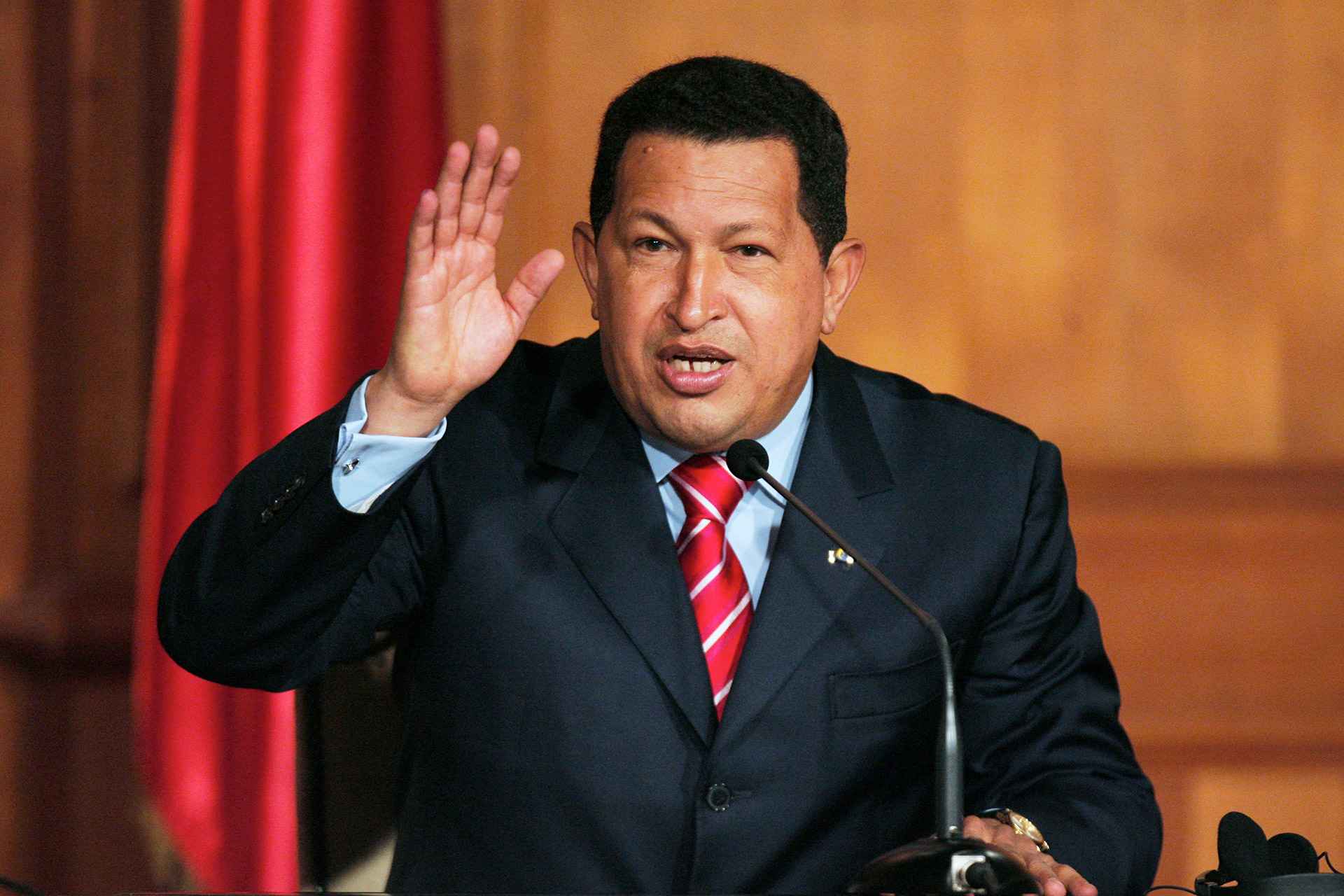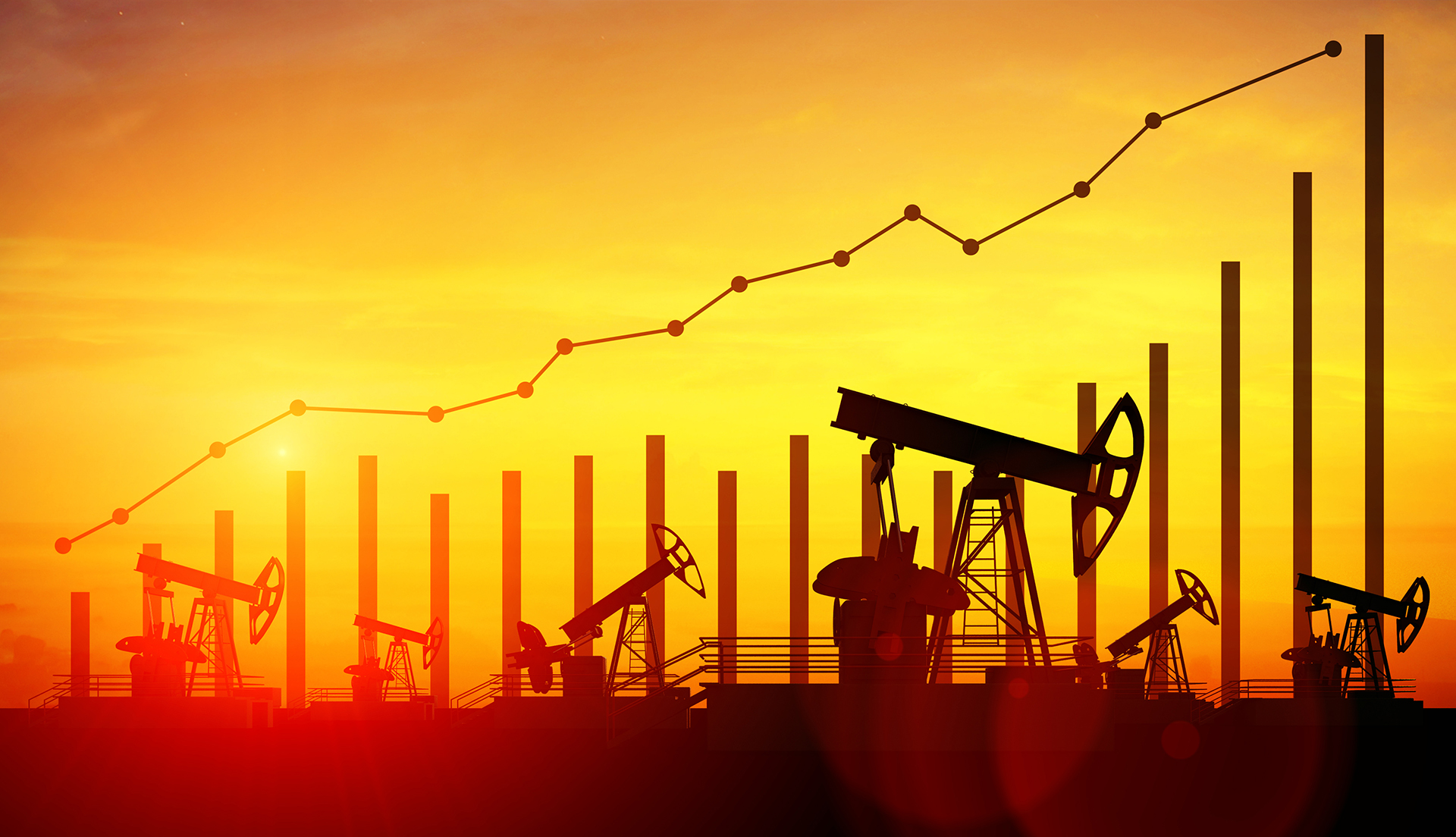[Arab Digest thanks Jim Crane for this article. He is an energy research fellow at Rice University’s Baker Institute in Houston, Texas. He worked for many years as a journalist based in Iraq and Dubai, and is the author of several books.]
The Texas shale phenomenon brought a huge surge in oil production in the US. We were producing about 6-7 million barrels per day (bpd) in the early 2000s. That jumped up really quickly and reached 13 million bpd by 2021. That’s the most oil any country has ever produced. I think the highest the Saudis have ever gotten was 12.4 bpd in 2020.
OPEC, of course, watched this development. It first dismissed increased American oil production as a flash in the pan. Increasingly, over the years, OPEC became alarmed. Shale was basically stealing their market share. Shale captured almost 5 million barrels a day of OPEC’s market share.
Shale and European Energy Security
To be fair, OPEC was not necessarily losing market share. The oil market was growing thanks to Chinese demand but OPEC was not capturing the growth. The OPEC nations were holding their production steady. And, at times, they were actually cutting production to prop up prices. Every time OPEC did that, US shale would swoop in and grab more market share as the ultimate free rider. This shale monster was growing and growing and OPEC didn’t really have an answer.
Shale was basically undercutting OPEC, no matter what it did. If OPEC would cut production, the US would ramp up shale production and dampen the price increase OPEC was chasing. And then if OPEC tried to punish the market and punish producers with a big price war by flooding the market with extra production, shale investors would stop investing, those oil wells would decline naturally. And then the price wouldn’t drop as far.
Saudi Arabia Hugs Russia to Take Back Control
The shale sector was difficult for OPEC to cope with. It was making OPEC a lot less effective. And the Saudis found themselves largely alone. Their market power seemed to be evaporating. They needed another big producer to try and regain their influence over the market. Russia was the obvious choice. It was the world’s number two producer and exporter. By 2016, after various discussions and overtures, Russia began cooperating with Saudi Arabia and OPEC. Russia also brought along a couple of other allies with Kazakhstan being the most important one.
It was US shale that led to the formation of OPEC+ and this organization has since been going strong. The OPEC+ countries cut oil production by over two million barrels just before this year’s US midterm elections. This October cut was really extraordinary. Saudi Arabia has never pushed OPEC to cut production when the incumbent US president did not want it to. This time, US President Joe Biden wanted an increase in oil production. He wanted lower gasoline prices at the pump because American consumers believe that the president controls them.
Joe Biden’s Saudi Arabia Visit to Meet Mohammad bin Salman
Instead, it is the Saudis who have the most influence over gasoline prices. They can increase production and lower gasoline prices, making them a non-issue for an American president. In the past, the Saudis obliged Barack Obama and Donald Trump. When the Saudis obliged Obama, the late King Abdullah was in charge. Under King Salman, equations with the Democrats have changed. The Saudis were willing to oblige Trump but decided to hurt Biden by cutting production and increasing prices.
It is clear that Saudi Arabia and OPEC value their oil market cooperation with Russia. The cartel has become more disciplined with Russia on board. Under Saudi-Russian dual leadership, OPEC+ has become stronger. Before the invasion of Ukraine, the Saudis had more to gain from this partnership. After the invasion, Russian President Vladimir Putin is really the big winner. OPEC+ provides him the best stage for geopolitical influence. He seems to revel in the fact that he’s managed to shoehorn himself into this tight US-Saudi relationship.
The US and Saudi Arabia Drift Apart
The Saudis are unlikely to jettison Putin despite US pressure. They are making a point of making diplomatic visits and taking the Russian president’s calls. In contrast, they made a show of rejecting Biden’s calls last year. The Saudis seem to be signaling to Washington that there are consequences for spurning their Gulf Arab partners. Disagreements between the US and the Gulf states date back at least to the Arab Spring.
As shale production went up, the US did not worry too much about such disagreements. There was a feeling that we’re self-sufficient in oil. That gives us a free pass on not having to cater to our Middle East allies, at least to some of their demands. It turns out that the US motorist is just as exposed to global oil prices as ever. The Gulf oil exporters still remain the global price makers.
Oil Realpolitik Has Returned With a Vengeance
Saudi Arabia has spare capacity. That is the gap between how much a country actually produces and how much it could potentially produce if it went flat out and opened all the taps. Spare capacity makes Saudi Arabia special. It gives the Saudis their swagger on the geopolitical stage. They can always tap spare capacity in case of a natural disaster such as a hurricane or an earthquake. They can also do so in case of a political upheaval such as an invasion or an embargo.
In the past, the Saudis leveraged spare capacity in concert with the US. When Washington wanted to invade Iraq or sanction Iran, Saudi Arabia unlocked its spare capacity to release extra oil into the global market. So in my classes here at Rice University, I used to say that the Saudis protect the US motorist from US foreign policy. After this October that might not be true anymore.
Saudi Arabia is now behaving differently. Biden campaigned on making the Saudis a pariah. Well, once he was elected, Saudi spare capacity was less available to the US. We had a really fast post-COVID recovery in oil demand and we had this big oil price shock. And we had OPEC+ basically saying that we’re just going to stick to our plan of drip-feeding oil to the global market by increases of 400,000 barrels a day. As a result, oil prices rose all the way up to $130 a barrel.
Unlike in the past, Saudi Arabia did not bring its spare capacity into play. Not only Biden but also Emmanuel Macron and Boris Johnson asked the Saudis to pump more oil. They refused. They claimed that the market was well supplied and that the price spikes were due to geopolitical risks or under-investment by producers afraid of climate action or some kind of a boomeranging pandemic. So they held that spare capacity in abeyance.
Here in the US, Biden had to deal with high prices in an election year by releasing supplies from the Strategic Petroleum Reserve (SPR), the world’s largest supply of emergency crude oil. The US consumes nearly 20 million barrels per day and the SPR is estimated to be over 700 million barrels. This is not how things are meant to work. In the past, the US was always able to tap Saudi spare capacity. This time, Biden went to Saudi Arabia but the Saudis refused to help.
[Arab Digest first published this piece.]
The views expressed in this article are the author’s own and do not necessarily reflect Fair Observer’s editorial policy.
For more than 10 years, Fair Observer has been free, fair and independent. No billionaire owns us, no advertisers control us. We are a reader-supported nonprofit. Unlike many other publications, we keep our content free for readers regardless of where they live or whether they can afford to pay. We have no paywalls and no ads.
In the post-truth era of fake news, echo chambers and filter bubbles, we publish a plurality of perspectives from around the world. Anyone can publish with us, but everyone goes through a rigorous editorial process. So, you get fact-checked, well-reasoned content instead of noise.
We publish 2,500+ voices from 90+ countries. We also conduct education and training programs
on subjects ranging from digital media and journalism to writing and critical thinking. This
doesn’t come cheap. Servers, editors, trainers and web developers cost
money.
Please consider supporting us on a regular basis as a recurring donor or a
sustaining member.
Support Fair Observer
We rely on your support for our independence, diversity and quality.
Will you support FO’s journalism?
We rely on your support for our independence, diversity and quality.






